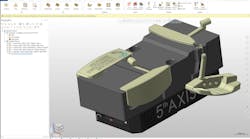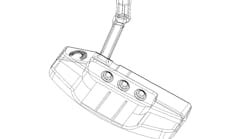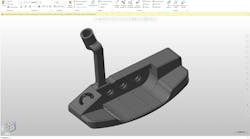Although electronic devices have continued to shrink, many people agree that we can’t go much smaller because of the limits of silicon technology. As 3D printing circuits moves from concept to adoption, however, some companies are experimenting with this disruptive technology to take electronics to a new dimension. By 3D printing printed circuit boards (PCBs), designers can obtain faster prototypes and work in three dimensions. Plus, they’re no longer forced to buy additional boards they will never use. Several companies in the market are printing sensors, circuit boards, and more. This article will walk through who’s who in this market and how 3D printing technology is affecting the way engineers design.
Nano Dimension Ltd.
Founded in 2012, Nano Dimension is focusing on research and development into the 3D printing of advanced electronics, including conductive inks. The company noticed that printed-circuit-board (PCB) prototyping often only requires one of a few boards to test. However, many PCB fabricators required a minimum quantity that exceeded what was needed. In addition, it can take weeks for the PCBs to be delivered, as sometimes people order from other countries because it is more cost effective. Most of the world’s PCBs are manufactured in East Asia. In 2012, for example, China handled about 40% of the PCB market, according to Prismark Partners LLC.








